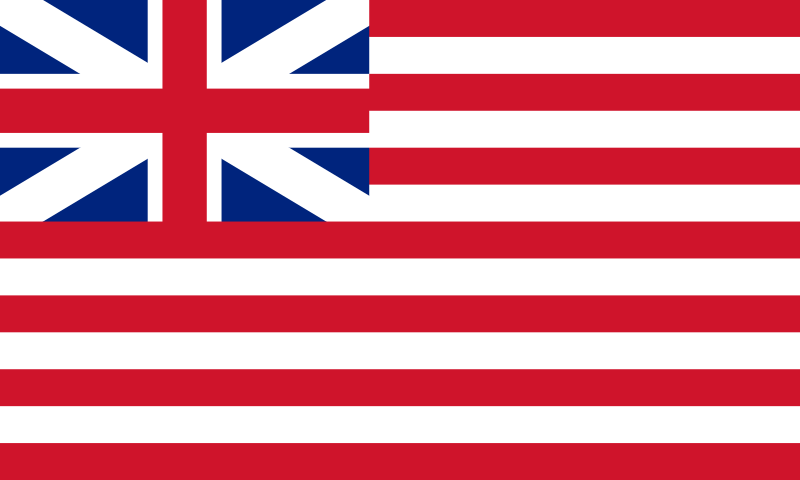
The British East India Company ( or the East India Trading Company) was granted its charter as a joint-stock company by Elizabeth I on December 31, 1600. It was originally given a 21-year monopoly on trade with
The company initially made its fortune trading in tea and spices that were in extremely high demand back in  ea that they alone could supply. However, the East India Company’s control over the subcontinent did mean they had something that
ea that they alone could supply. However, the East India Company’s control over the subcontinent did mean they had something that
The British Government made efforts to curb the power of the company in 1784, 1813, and again in 1833 with various acts of parliament that differentiated their political and commercial activities and removed it as the implementer of the colonial government of 
While their practices were not always savory, their skill in management became the model for the English government’s bureaucracy at home and around the world. When it was finally dissolved by the British government in 1874, The Times reported, "It accomplished a work such as in the whole history of the human race no other company ever attempted and as such is ever likely to attempt in the years to come."









No comments:
Post a Comment